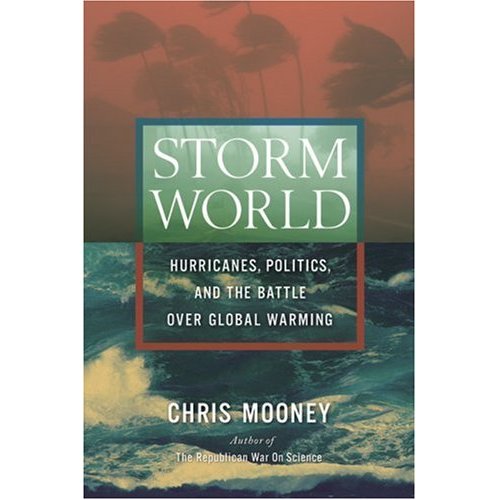Michael Mann and Gavin Schmidt
The issues involved in science communication are complex and often seem intractable. We’ve seen many different approaches, but guessing which will work (An Inconvenient Truth, Field Notes from a Catastrophe) and which won’t (The Eleventh Hour) is a tricky call. Mostly this is because we aren’t the target audience and so tend to rate popularizations by different criteria than lay people. Often, we just don’t ‘get it’.
Into this void has stepped Randy Olsen with his new book “Don’t be such a scientist”. For those who don’t know Randy, he’s a rather extraordinary individual – one of the few individuals who has run the gamut from hard-core scientist to Hollywood film maker. He’s walked the walk, and can talk the talk–and when he does talk, we should be listening!
[Read more…] about Communicating Science: Not Just Talking the Talk
 If you are a RealClimate regular, you are undoubtedly aware of our ongoing interest in
If you are a RealClimate regular, you are undoubtedly aware of our ongoing interest in